1.
Introduction
Let (M,ω) be a complex n-dimensional compact Hermitian manifold and χ be a smooth real (1, 1)-form on (M,ω). Γωk is the set of all real (1, 1)-forms whose eigenvalues belong to the k-positive cone Γk. For any u∈C2(M), we can get a new (1, 1)-form
In any local coordinate chart, χu can be expressed as
In this article, we study the following form of parabolic Hessian quotient equations
where 0≤l<k≤n, [0,T) is the maximum time interval in which the solution exists and ϕ(x,z)∈C∞(M×R) is a given strictly positive function.
The study of the parabolic flows is motivated by complex equations
Equation (1.2) include some important geometry equations, for example, complex Monge-Ampère equation and Donaldson equation [6], which have attracted extensive attention in mathematics and physics since Yau's breakthrough in the Calabi conjecture [28]. Since Eq (1.2) are fully nonlinear elliptic, a classical way to solve them is the continuity method. Using this method, the complex Monge-Ampère equation
was solved by Yau [28]. Donaldson equation
was independently solved by Li-Shi-Yao [11], Collins-Szèkelyhidi [3] and Sun [17]. Equation (1.2) also include the complex k-Hessian equation and complex Hessian quotient equation, which, respectively, correspond to
Dinew and Kolodziej [7] proved a Liouville type theorem for m-subharmonic functions in Cn, and combining with the estimate of Hou-Ma-Wu [10], solved the complex k-Hessian equation by using the continuity method. Under the cone condition, Sun [16] solved the complex Hessian quotient equation by using the continuity method. There have been many extensive studies for complex Monge-Ampère equation, Donaldson equation, the complex k-Hessian equation and the complex Hessian quotient equation on closed complex manifolds, see, e.g., [4,12,20,22,23,29,30]. When the right hand side function ϕ in Eq (1.2) depends on u, that is ϕ=ϕ(x,u), it is interesting to ask whether we can solve them. We intend to solve (1.2) by the parabolic flow method.
Equation (1.1) covers some of the important geometric flows in complex geometry. If k=n and l=0, (1.1) is known as the complex Monge-Ampère flow
which is equivalent to the Kähler-Ricci flow. The result of Yau [28] was reproduced by Cao [2] through Kähler-Ricci flow. Using the complex Monge-Ampère flow, similar results on a compact Hermitian manifold and a compact almost Hermitian manifold were proved by Gill [9] and Chu [5], respectively. To study the normalized twisted Chern-Ricci flow
which is equivalent to the following Mong-Ampère flow
Tô [25,26] considered the following complex Monge-Ampère flow
where Ω is a smooth volume form on M. From this, we can see that the given function ϕ depends on u in some geometric flows. If l=0, (1.1) is called as the complex k-Hessian flow
The solvability of complex k-Hessian flow was showed by Sheng-Wang [21].
In this paper, our research can be viewed as a generalization of Tô's work in [26] and Sheng-Wang's work in [21]. To solve the complex Hessian quotient flow, the condition of the parabolic C-subsolution is needed. According to Phong and Tô [14], we can give the definition of the parabolic C-subsolution to Eq (1.1).
Definition 1.1. Let u_(x,t)∈C2,1(M×[0,T)) and χu_∈Γωk, if there exist constants δ, R>0, such that for any (x,t)∈M×[0,T),
implies that
then u_ is said to be a parabolic C-subsolution of (1.1), where λ(u_) denotes eigenvalue set of χu_.
Obviously, we can give the equivalent definition of parabolic C-subsolution of (1.1).
Definition 1.2. Let u_(x,t)∈C2,1(M×[0,T)) and χu_∈Γωk, if there exist constant ˜δ>0, for any (x,t)∈M×[0,T), such that
then u_ is said to be a parabolic C-subsolution of (1.1).
Our main result is
Theorem 1.3. Let (M,g) a compact Hermitian manifold and χ be a smooth real (1,1)-form on M. Assume there exists a parabolic C-subsolutionu_ for Eq (1.1) and
where cϕ is a constant.Then there exits a unique smooth solution u(x,t) to (1.1) all timewith
Moreover, u(x,t) isC∞ convergent to a smooth function u∞, which solves Eq (1.2).
The rest of this paper is organized as follows. In Section 2, we give some important lemmas and estimate on |ut(x,t)|. In Section 3, we prove C0 estimates of Eq (1.1) by the parabolic C-subsolution condition and the Alexandroff-Bakelman-Pucci maximum principle. In Section 4, using the parabolic C-subsolution condition, we establish the C2 estimate for Eq (1.1) by the method of Hou-Ma-Wu [10]. In Section 5, we adapt the blowup method of Dinew and Kolodziej [7] to obtain the gradient estimate. In Section 6, we give the proof of the long-time existence of the solution to the parabolic equation and its convergence, that is Theorem 1.3.
2.
Preliminaries
In this section, we give some notations and lemmas. In holomorphic coordinates, we can set
λ(u) and λ(u_) denote the eigenvalue set of {Xi¯j} and {X_i¯j} with respect to {gi¯j}, respectively. In local coordinates, (1.1) can be written as
For simplicity, set
then (2.1) is abbreviated as
We use the following notation
For any x0∈M, we can choose a local holomorphic coordinates such that the matrix {Xi¯j} is diagonal and X1¯1≥⋯≥Xn¯n, then we have, at x0∈M,
To prove a priori C0-estimate for solution to Eq (1.1), we need the following variant of the Alexandroff-Bakelman-Pucci maximum principle, which is Proposition 10 in [20].
Lemma 2.1. [20] Let v:B(1)→R be a smooth function, which meets the conditionv(0)+ϵ≤inf∂B(1)v, whereB(1) denotes the unit ball in Rn.Define the set
Then there exists a costant c0>0 such that
Next, we give an estimate on |ut(x,t)|.
Lemma 2.2. Under the assumption of Theorem 1.3, let u(x,t) be a solution to (1.1). Then for any (x,t)∈M×[0,T), we have
Furthermore, there is a constant C>0 such that
where C depends on H=|u0|C2(M) and |ϕ|C0(M×[−H,H]).
Proof. Differentiating (2.2) on both sides simultaneously at t, we obtain
Set uεt=ut−εt, ε>0. For any T′∈(0,T), suppose uεt achieves its maximum Mt at (x0,t0)∈M×[0,T′]. Without loss of generality, we may suppose Mt≥0. If t0>0, From the parabolic maximum principle and (2.4), we get
This is obviously a contradiction, so t0=0 and
that is
Letting ε→0, we obtain
Since T′∈(0,T) is arbitrary, we have
Similarly, setting uεt=ut+εt, ε>0, we obtain
(2.1) yields
Combining (2.5)–(2.7), we complete the proof of Proposition 2.2.
From the concavity of F(λ(u)) and the condition of the parabolic C-subsolution, we give the following lemma, which plays an important role in the estimation of C2.
Lemma 2.3. Under the assumption of Theorem 1.3 and assuming that X1¯1≥⋯≥Xn¯n, there exists two positive constantsN and θ such that we have either
or
Proof. Since u_ is a parabolic C-subsolution to Eq (1.1), from Definition 1.2, there are uniform constants ˜δ>0 and N>0, such that
If ϵ>0 is sufficiently small, it can be obtained from (2.10)
Set λ′=λ(u_)−ϵI+Ne1, then
Using the concavity of F(λ(u)) gives
From Lemma 2.2 and (1.4), we obtain
In addition, it can be obtained from the condition (1.6)
(2.13) and (2.14) deduce that
It follows from this that
Combining (2.2), (2.11) and (2.16) gives that
Put (2.17) into (2.12)
Let
If F1¯1N≤θ(1+F), Inequality (2.8) is obtained, otherwise Inequality (2.9) must be true.
3.
C0 Estimates
In this section, we prove the C0 estimates by the existence of the parabolic C-subsolution and the Alexandroff-Bakelman-Pucci maximum principle.
Proposition 3.1. Under the assumption of Theorem1.3, let u(x,t) be a solution to (1.1). Then there exists a constant C>0 such that
where C depends on |u0|C2(M) and |u_|C2(M×[0,T)).
Proof. Combining (2.13), (2.14) and ∂ϕ(x,z)∂z≥0 yields
Let's rewrite Eq (2.2) as
when fix t∈[0,T), Eq (3.2) is elliptic. From (3.1), we see that the parabolic C-subsolution u_(x,t) is a C-subsolution to Eq (3.2) in the elliptic sense. From (2.15), we have
Our goal is to obtain a lower bound for L=infM×t(u−u_). Note that λ(u)∈Γk, which implies that λ(u)∈Γ1, then Δ(u−u_)≥−˜C, where Δ is the complex Laplacian with respect to ω. According to Tosatti-Weinkove's method [22], we can prove that ‖u−u_‖L1(M) is bounded uniformly. Let G:M×M→R be the associated Green's function, then, by Yau [28], there is a uniform constant K such that
Since
then for fixed t∈[0,T) there exists a point x0∈M such that (u−u_)(x0,t)=0. Thus
that is
Let us work in local coordinates, for which the infimum L is achieved at the origin, that is L=u(0,t)−u_(0,t). We write B(1)={z:|z|<1}. Let v=u−u_+ϵ|z|2, for a small ϵ>0. We have infv=L=v(0), and v(z)≥L+ϵ for z∈∂B(1). From Lemma 2.1, we get
At the same time, if x∈Ω, then D2v(x)≥0 implies that
If ϵ is sufficiently small, then
Set μ=λ(u)−λ(u_). Since λ(u) satisfies Eq (3.2), then
u_ is a C-subsolution to Eq (3.2) in the elliptic sense, so there is a uniform constant R>0, such that
which means |vi¯j|≤C, for any x∈Ω. As in Blocki [1], for x∈Ω, we have D2v(x)≥0 and so
From this and (3.3), we obtain
On the other hand, by the definition of Ω in Lemma 2.1, for x∈Ω, we get
and so
It follows that
Since ‖u−u_‖L1(M) is bounded uniformly, ∫M|v(x)| is also bounded uniformly. If L is very large, Inequality (3.6) contradicts (3.5), which means that L has a lower bound. For any t∈[0,T), Inequality (3.1) holds, thus
4.
C2 Estimates
In this section, we prove that the second-order estimates are controlled by the square of the gradient estimate linearly. Our calculation is a parabolic version of that in Hou-Ma-Wu [10].
Proposition 4.1. Under the assumption of Theorem1.3, let u(x,t) be a solution to (1.1). Then there exists a constant ˜C such that
where ˜C depends χ, ω, |ϕ|C2(M×[−C,C]), |u_|C2(M×[0,T)), |∂tu_|C0(M×[0,T)) and |u0|C2(M).
Proof. Let λ(u)=(λ1,…,λn) and λ1 is the maximum eigenvalue. For any T′<T, we consider the following function
where φ and ψ are determined later. We want to apply the maximum principle to the function W. Since the eigenvalues of the matrix {Xi¯j} with respect to ω need not be distinct at the point where W achieves its maximum, we will perturb {Xi¯j} following the technique of [20]. Let W achieve its maximum at (x0,t0)∈M×[0,T′]. Near (x0,t0), we can choose local coordinates such that {Xi¯j} is diagonal with X1¯1≥⋯≥Xn¯n, and λ(u)=(X1¯1,⋯,Xn¯n). Let D be a diagonal matrix such that D11=0 and 0<D22<⋯<Dnn are small, satisfying Dnn<2D22. Define the matrix ˜X=X−D. At (x0,t0), ˜X has eigenvalues
Since all the eigenvalues of ˜X are distinct, we can define near (x0,t0) the following smooth function
where
and C1>0 is to be chosen later. Direct calculation yields
and
Without loss of generality, we can assume that λ1>1. From here on, all calculations are done at (x0,t0). From the maximum principle, calculating the first and second derivatives of the function ˜W gives
Define
Obviously,
Next, we will estimate the terms in (4.8). Direct calculation shows that
According to Inequality (78) in [20], we have
where C0 depending χ, ω, |ϕ|C2(M×[−C,C]), |u_|C2(M×[0,T)), |∂tu_|C0(M×[0,T)) and |u0|C2(M)). From here on, C0 can always absorb the constant it represents before, and can change from one line to the next, but it does not depend on the parameter we choose later. By calculating the covariant derivatives of (4.7) in the direction ∂∂z1 and ∂∂¯z1, we obtain
and
Notice that
therefore
Combining (4.14) with
gives
Let's set λ1≥K, otherwise the proof is completed. Putting 4.10–4.12 and (4.15) into (4.9) yields
A simple computation gives
Next, we estimate the formula (4.17). Differentiating Eq (2.2), we have
and
It follows from (4.18) and (4.19) that
By commuting derivatives, we have the identity
Direct calculation gives
It follows from (4.21) that
Noticing that
from this and (4.23), we obtain
In the same way, we can get
Using (4.20)–(4.26) in (4.17), we have
A simple calculation gives
Substituting (4.27), (4.28) and (4.16) into (4.8),
Let δ>0 be a sufficiently small constant to be chosen later and satisfy
We separate the rest of the calculations into two cases.
Case 1: λn<−δλ1.
Using(4.5), we find that
From (4.13), we have
Combining (4.31) with (4.32), we conclude that
Note that the operator F is concave, which implies that
Applying (4.33) and (4.34) to (4.29) and using φ″=2(φ′)2 yield that
Note that the fact
It follows that
Using the following inequality
deduces
Note that λ1>1, we have
Since ψ″>0, which implies that
According to Lemma 2.3, there are at most two possibilities:
(1) If (2.8) holds true, then
Substituting (4.37)—(4.40) into (4.35) and using φ′≥14K yield that
We may set θC1≥C0. It follows from (4.41) that λ1≤˜CK.
(2) If (2.9) holds true,
According to ψ′<0 and the concavity of the operator F, we have
Using (4.37)—(4.39) and (4.43) in (4.35), together with (4.42), we find that
Let λ1 be sufficiently large, so that
It follows from (4.44)that λ1≤˜CK.
Case 2: λn≥−δλ1.
Let
Let us first treat those indices which are not in I. Similar to (4.31), we obtain
Using (4.32) yields that
Since
which implies that
It follows that
Recalling φ″=2(φ′)2 and 0<δ≤12, we obtain from (4.5) that
Notice that ψ″≥4ϵ1−ϵ(ψ′)2 if ϵ=14E+1. Since 14E+1≥δ, we get that
Take (4.46)–(4.49) into (4.29),
Similar to (4.37) and (4.38), by using the third term of (4.50) to absorb the first two terms of it, We get that
According to Lemma2.3, there are at most two possibilities:
(1) If (2.8) holds true, then
Put (4.52) into (4.51)
Here, C1 is determined finally, such that
It follows from (4.53) that
(2) If (2.9) holds true,
Substituting (4.43) into (4.51) and using (4.54) give that
It follows that
5.
C1 Estimates
To obtain the gradient estimates, we adapt the blow-up method of Dinew and Kolodziej [7] and reduce the problem to a Liouville type theorem which is proved in [7].
Proposition 5.1. Under the assumption of Theorem 1.3, let u(x,t) be a solution to (1.1). Then there exists a uniform constant ˜C such that
Proof. Suppose that the gradient estimate (5.1) does not hold. Then there exists a sequence (xm,tm)∈M×[0,T) with tm→T such that
After passing to a subsequence, we may assume that limm→∞xm=x0∈M. We choose a coordinate chart {U,(z1,⋯,zn)} at x0, which we identify with an open set in Cn, and such that ω(0)=β=√−1∑idzi∧d¯zi. We may assume that the open set contains ¯B1(0) and m is sufficiently large so that zm=z(xm)∈B1(0). Define
From this and Proposition 4.1, we have
This yields that ˜um is contained in the Hölder space C1,γ(Cn) with a uniform. Along with a standard application of Azela-Ascoli theorem, we may suppose ˜um has a limit ˜u∈C1,γ(Cn) with
in particular ˜u is not constant. On the other hand, similar to the method of Dinew and Kolodziej [7], we have
Fixing z, we obtain
Lemma 2.2 gives ∂tu is bounded uniformly. Since
which implies that ϕm(zCm,um) is bounded uniformly. Taking the limits on both sides of 5.3 by m→∞ yields that
which is in the pluripotential sense. Moreover, a similar reasoning tells us that for any 1≤p≤k,
Then, (5.4) and (5.5) imply ˜u is a k-subharmonic. By a result of Blocki [1], ˜u is a maximal k-subharmonic function in Cn. Applying the Liouville theorem in [7], we find that ˜u is a constant, which contradicts with (5.2).
6.
Long-time existence and convergence
In this section, we shall give a proof of the long-time existence to the flow and its convergence, that is Theorem 1.3.
From Lemma 2.2, Proposition 3.1, Propositions 4.1 and 5.1, we conclude that Eq 1.1 is uniformly parabolic. Therefore by Evans-Krylov's regularity theory [8,13,19,27] for uniformly parabolic equation, we obtain higher order derivative estimates. By the a priori estimates which don't depend on time, one can prove that the short time existence on [0,T) extends to [0,∞), that is the smooth solution exists at all time t>0. After proving C∞ estimates on [0,∞), we are able to show the convergence of the solution flow.
Let v=eγtut, where 0<γ<cϕ. Commuting derivative of v with respect to t and using (2.4), we obtain
Using the condition (1.5) yields γ−ϕzϕ<0, According to the parabolic maximum principle, it follows that
which means that |ut| decreases exponentially, in particular
According to Proposition 3.1, it follows that u+Cγe−γt is bounded uniformly and decreasing in t. Thus it converges to a smooth function u∞. From the higher order prior estimates, we can see that the function u(x,t) converges smoothly to u∞. Letting t→∞ in Eq (2.1),
7.
Conclusions
In this paper, we have considered the parabolic Hessian quotient equation (1.1), in which the right hand side function ϕ depends on u. Firstly, we prove C0 estimates of Eq (1.1) by the parabolic C-subsolution condition and the Alexandroff-Bakelman-Pucci maximum principle. Secondly, we establish the C2 estimate for Eq (1.1) by using the parabolic C-subsolution condition. Thirdly, we obtain the gradient estimate by adapting the blowup method. Finally we give the proof of the long-time existence of the solution to the parabolic equation and its convergence. As an application, we show the solvability of a class of complex Hessian quotient equations, which generalizes the relevant results.
Acknowledgments
This work was supported by the Natural Science Foundation of Anhui Province Education Department (Nos. KJ2021A0659, gxgnfx2018017); Quality Enginering Project of Anhui Province Education Department (Nos. 2018jyxm0491, 2019mooc205, 2020szsfkc0686); Science Research Project of Fuyang Normal University (No. 2021KYQD0011)
Conflict of interest
The authors declare that they have no known competing financial interests or personal relationships that could have appeared to influence the work reported in this paper.











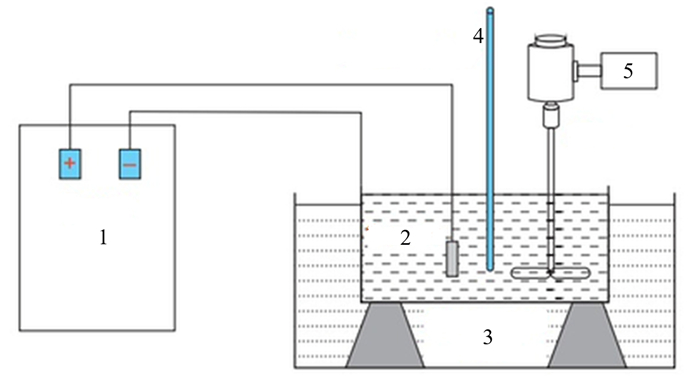
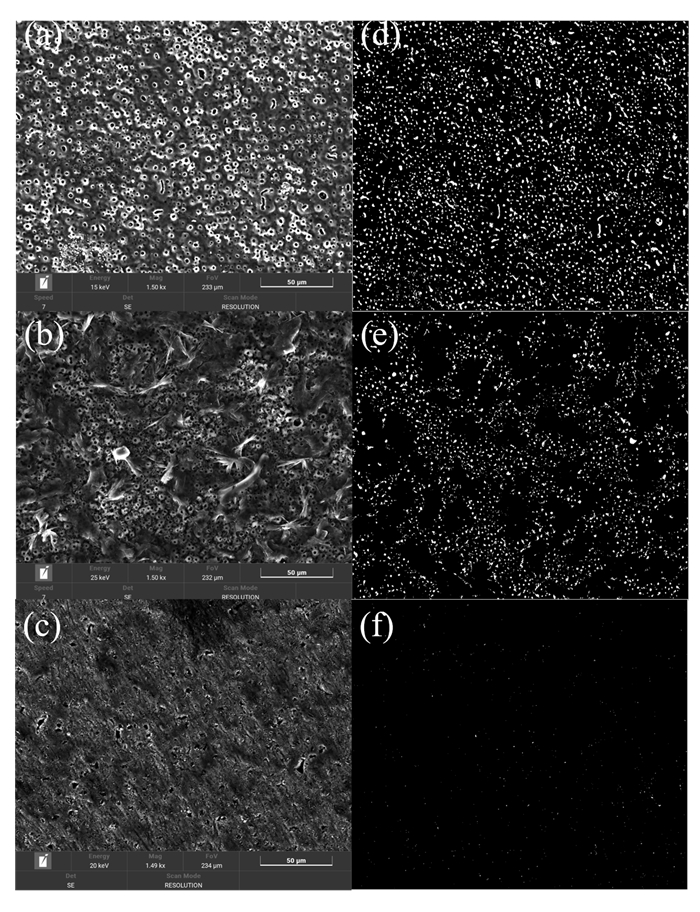
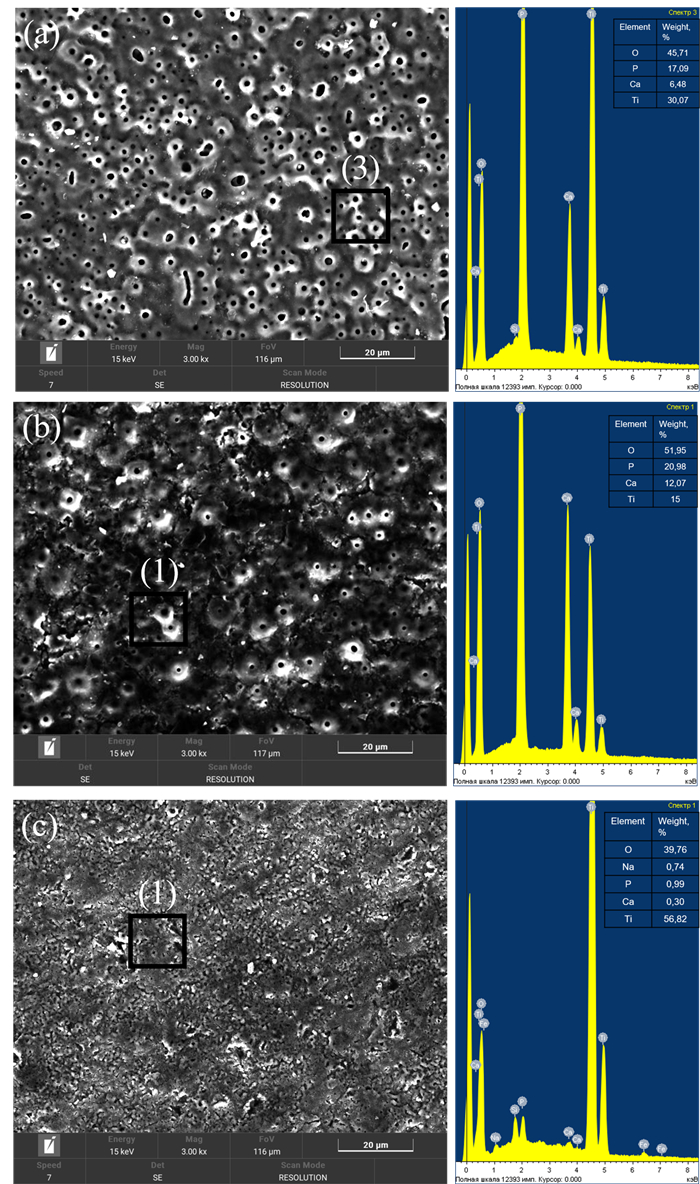
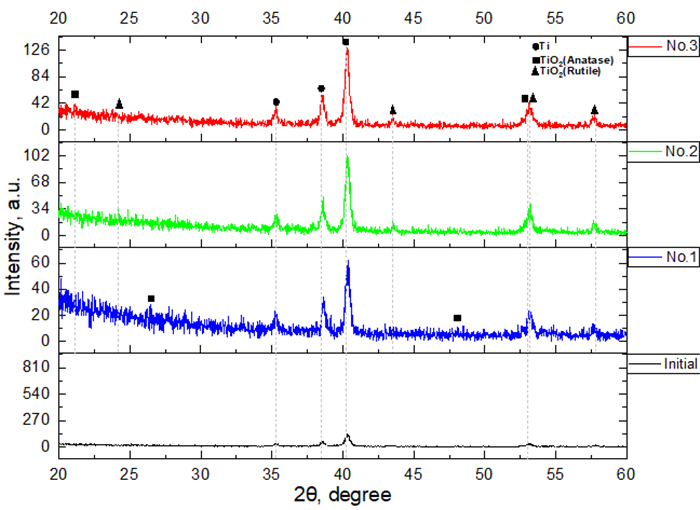
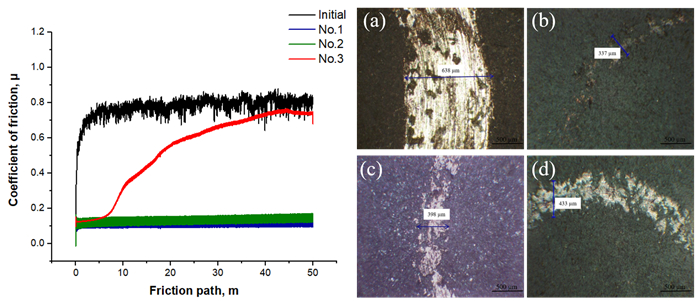
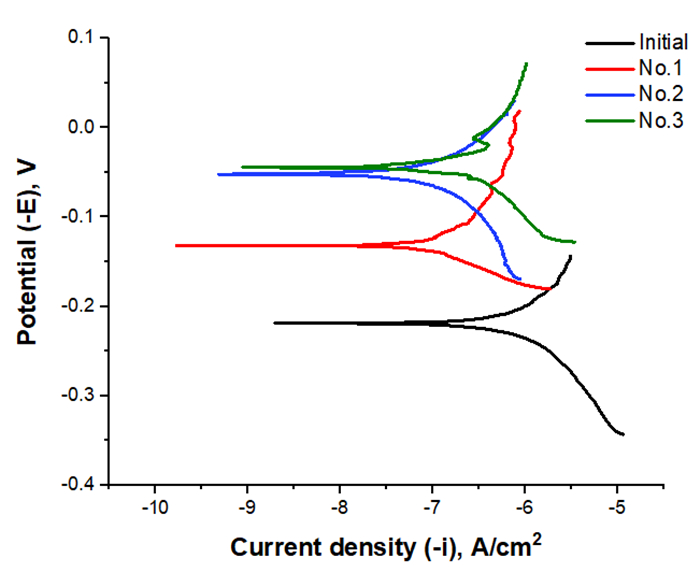


 DownLoad:
DownLoad: